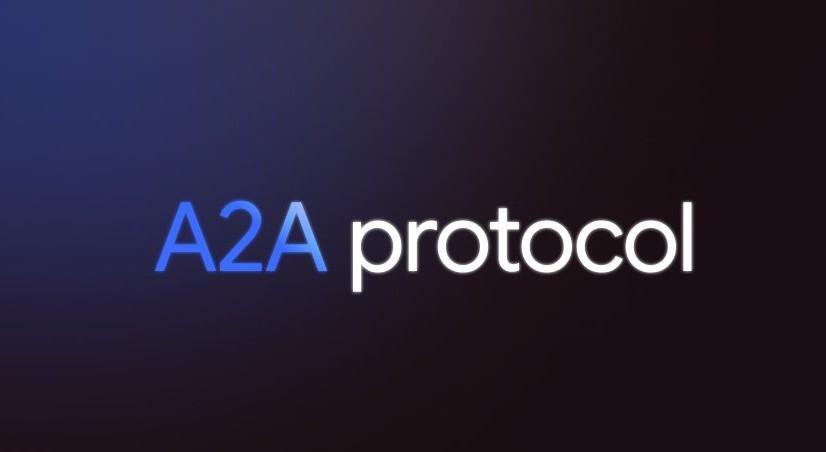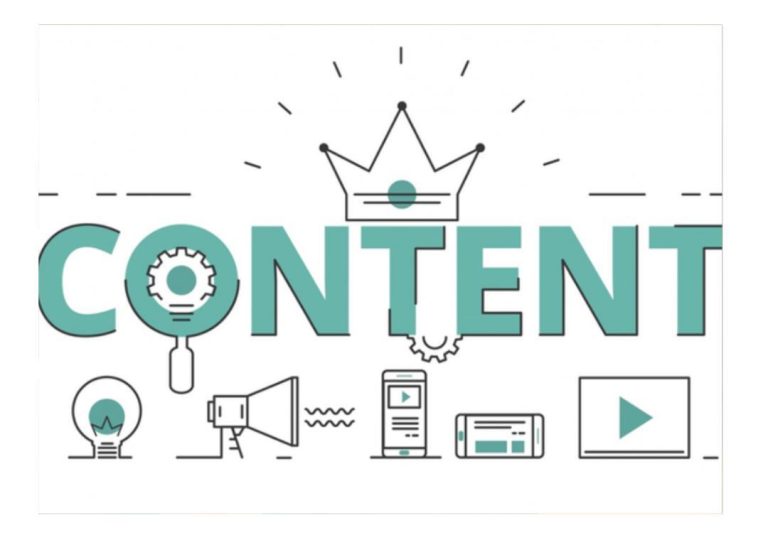
Google Launches A2A Protocol to Enhance AI Agent Synergy
The world of artificial intelligence (AI) has witnessed significant advancements in recent years, with AI agents being developed to perform a wide range of tasks, from customer service to data analysis. However, the lack of a standardized protocol for AI agents to communicate with each other has hindered their ability to work together seamlessly. Google has now launched Agent2Agent (A2A), a new open-source protocol, to address this issue and enable AI agents from various systems to collaborate effectively.
A2A is designed to allow AI agents to communicate with each other, securely exchange information, and coordinate actions over various enterprise platforms or applications. This is achieved through a standardized protocol that enables agents to discover, authenticate, and communicate with each other. With A2A, developers can build agents that can connect with any other agent built using the protocol, fostering a new era of agent interoperability.
The need for a standardized protocol like A2A has become increasingly urgent as AI agents are being developed and deployed across various industries. AI agents are being used in industries such as healthcare, finance, and customer service to automate tasks, analyze data, and provide personalized services. However, the lack of a standardized protocol has made it challenging for these agents to work together, leading to inefficiencies and inconsistencies in their performance.
A2A addresses this challenge by providing a common language and framework for AI agents to communicate with each other. The protocol is designed to be flexible and adaptable, allowing it to be used across various industries and applications. This means that AI agents built using A2A can seamlessly communicate with each other, regardless of their underlying architecture or technology.
One of the key benefits of A2A is its ability to enable secure communication between AI agents. The protocol uses advanced encryption techniques and secure authentication mechanisms to ensure that data exchanged between agents is protected from unauthorized access or tampering. This is critical in industries such as finance and healthcare, where the exchange of sensitive information is a major concern.
Another significant advantage of A2A is its ability to enable real-time communication between AI agents. The protocol uses a peer-to-peer architecture, which allows agents to communicate directly with each other without the need for intermediaries. This enables AI agents to respond quickly to changing circumstances and coordinate their actions in real-time, improving their overall performance and effectiveness.
A2A is not just limited to AI agents; it can also be used to enable communication between humans and AI agents. The protocol provides a user-friendly interface that allows humans to interact with AI agents, providing them with the ability to input data, monitor the performance of the agents, and receive feedback on their actions. This is critical in industries such as customer service, where AI agents are being used to provide personalized services to customers.
The launch of A2A is a significant step forward in the development of AI agents and their applications. The protocol has the potential to revolutionize the way AI agents are used in various industries, enabling them to work together seamlessly and provide more effective and efficient services.
In conclusion, the launch of A2A protocol by Google is a significant development in the world of AI and agent interoperability. The protocol provides a standardized framework for AI agents to communicate with each other, securely exchange information, and coordinate actions over various enterprise platforms or applications. With A2A, developers can build agents that can connect with any other agent built using the protocol, fostering a new era of agent interoperability.
Source: https://developers.googleblog.com/en/a2a-a-new-era-of-agent-interoperability/






